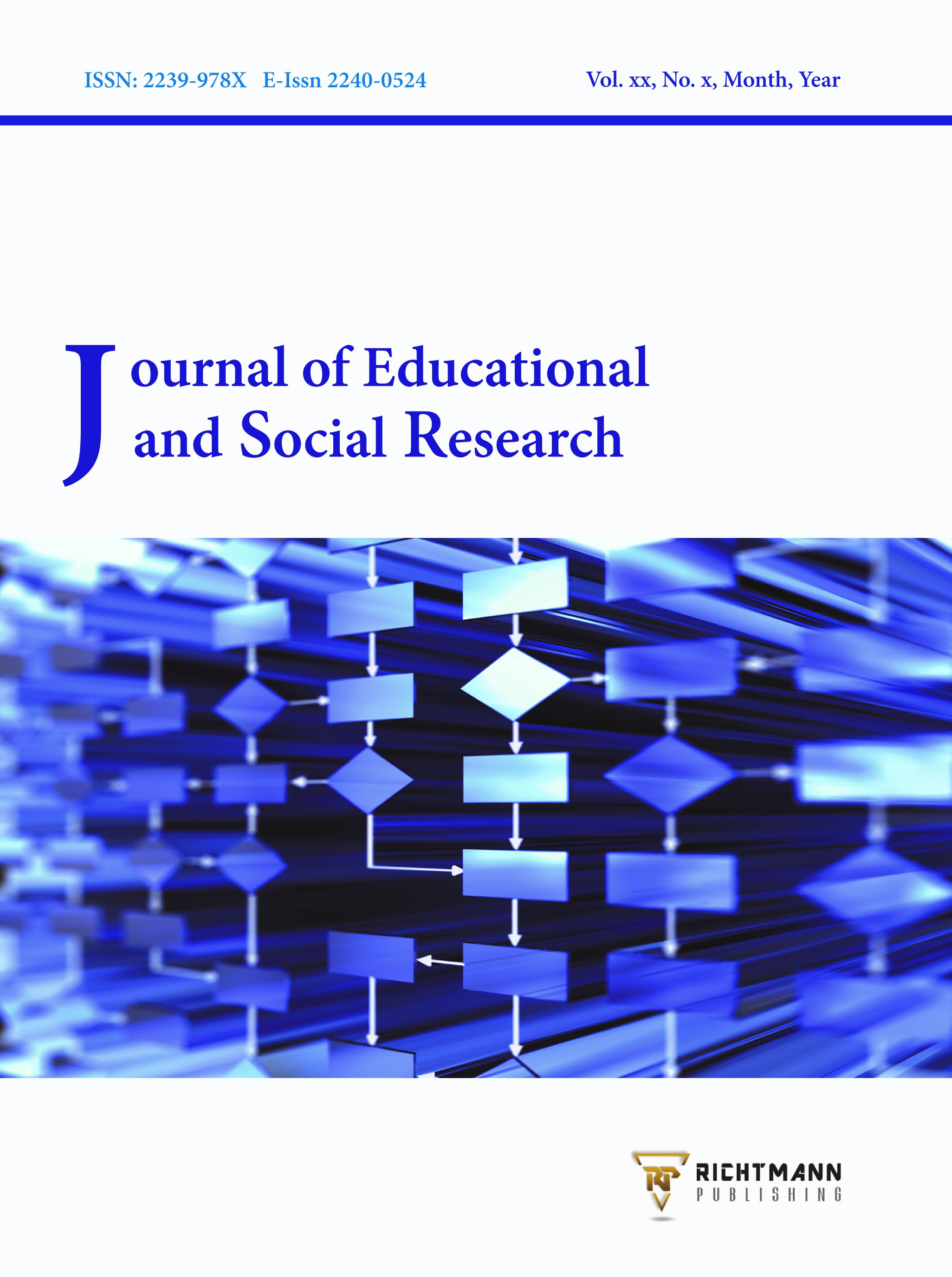Oral History Approach in Social Studies Teaching: Its Improvement to the Elementary School Learners’ National Identity Values in Kuwait
DOI:
https://doi.org/10.36941/jesr-2022-0120Keywords:
oral history, oral history approach, national identity values, achievement, quasi-experimentalAbstract
Being a dynamic social studies teacher assumes responsibility to produce better nation citizens. This study determined the effects of oral history approach in social studies teaching on elementary school learners’ values improvement in Kuwait. A quasi-experimental group design was used in the study with thirty female students from the two grade five classes in Kuwait. These respondents were selected at random, with the permission and approval of their respective teachers. There was a significant difference between the mean scores of the pretest measurements in the national identity values. Likewise, there was also a significant difference between the mean scores of respondents’ achievements in the posttest. With the use of an oral history approach to teaching social studies, the respondents exhibited well-grounded national identity values that may benefit the people and catapult the country’s positive development. These values were indicative of creating high engagement within the classroom, increasing students’ responses, and improving their national identity values through awareness of the country’s oral histories. With the use of this approach as a critical part of the learning environment, it becomes an efficient tool for the respondents’ personal and intellectual development.
Received: 7 May 2022 / Accepted: 25 August 2022 / Published: 2 September 2022
Downloads
Downloads
Published
Issue
Section
License

This work is licensed under a Creative Commons Attribution-NonCommercial 4.0 International License.
This work is licensed under a Creative Commons Attribution-NonCommercial 4.0 International License.









